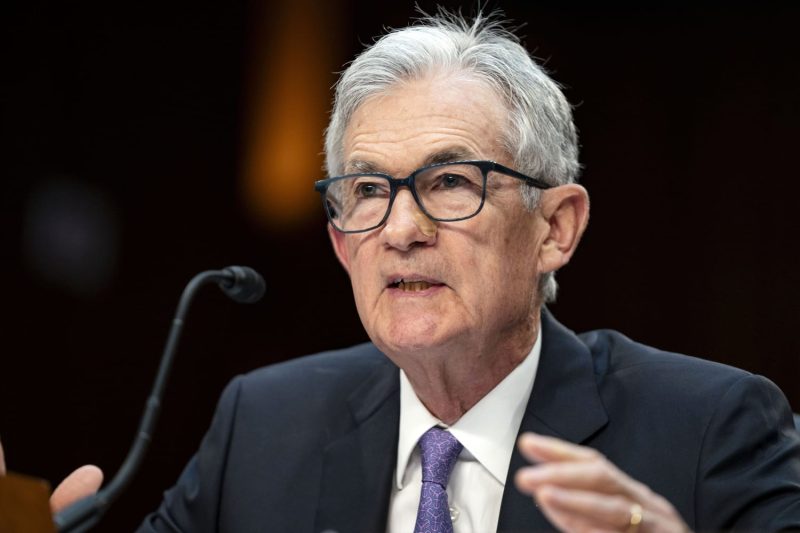In a recent announcement by Federal Reserve Chair Jerome Powell, concerns have been raised about the potential repercussions of maintaining high interest rates for an extended period. Powell emphasized that prolonged high interest rates could pose a threat to the growth of the economy. This statement comes at a crucial time when the Federal Reserve is closely monitoring economic indicators and adjusting its monetary policy to navigate the uncertainties caused by the ongoing pandemic and its aftermath.
The Federal Reserve plays a pivotal role in steering the country’s economic course by setting interest rates, which in turn influence borrowing costs for businesses and consumers. The decision to increase or decrease interest rates is a delicate balancing act that aims to support economic growth while controlling inflation. Powell’s warning about the dangers of persistently high rates sheds light on the challenges faced by the Fed in managing these competing objectives.
One of the primary concerns associated with prolonged high interest rates is the potential negative impact on consumer spending. When borrowing costs are high, consumers are less likely to take out loans for big-ticket purchases such as homes, cars, or durable goods. This reduced spending can lead to a slowdown in economic activity, as consumer demand is a primary driver of economic growth. Additionally, businesses may also be deterred from investing in expansion or hiring new employees if financing costs remain prohibitively high.
Moreover, high interest rates can have adverse effects on the housing market. Mortgage rates are directly influenced by changes in interest rates set by the Fed. If rates remain high, potential homebuyers may be dissuaded from entering the market, which could lead to a decline in home sales and prices. This, in turn, can have ripple effects on related industries such as construction and real estate, impacting employment and overall economic performance.
Another crucial consideration is the effect of high interest rates on investment decisions by businesses. When borrowing becomes expensive, companies may scale back on capital expenditures and delay or cancel planned projects. This retrenchment in investment can hinder productivity and innovation, ultimately hampering long-term economic growth prospects. The reluctance to invest can also dampen job creation and wage growth, further exacerbating economic challenges.
In response to Powell’s remarks, financial markets are likely to pay close attention to the Federal Reserve’s future policy decisions regarding interest rates. The prospect of adjusting rates to a more accommodative stance may provide a boost to investor sentiment and economic outlook. However, the Fed must navigate these adjustments carefully to maintain a delicate equilibrium between stimulating economic growth and curbing inflationary pressures.
In conclusion, Jerome Powell’s warning about the potential risks of keeping interest rates high for an extended period underscores the complex interplay between monetary policy, consumer behavior, business investment, and overall economic performance. As the Federal Reserve continues to assess evolving economic conditions, policymakers face the challenge of implementing measures that support sustainable growth while mitigating the downsides of excessive interest rate hikes. Finding the right balance will be crucial in ensuring a robust and resilient economic recovery in the post-pandemic landscape.
